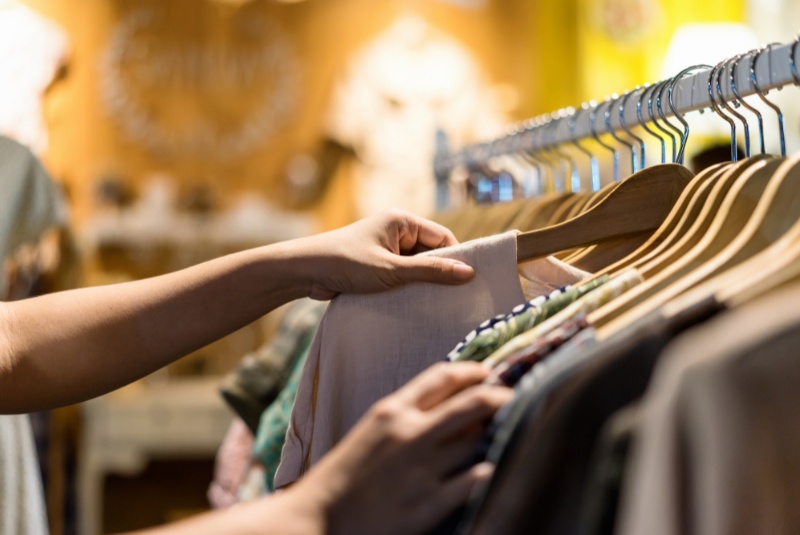Thrift shopping and upcycling have become increasingly popular trends in the fashion industry. Fueled by the desire to combat the negative environmental impact of fast fashion, these practices encourage a more sustainable and eco-friendly approach to clothe consumption. This article will explore the art of thrift shopping and upcycling fashion, highlighting their benefits and offering tips on how to embrace these sustainable practices.
The Benefits of Thrift Shopping and Upcycling Fashion
- Environmental Impact: Fast fashion has been identified as one of the most polluting industries globally, contributing significantly to water pollution, greenhouse gas emissions, and resource depletion. By opting for thrift shopping and upcycling, consumers can reduce their ecological footprint and contribute to a more sustainable fashion industry.
- Economic Savings: Thrift shopping allows consumers to purchase high-quality, unique, and vintage items at a fraction of the cost of buying new. Upcycling, on the other hand, involves repurposing existing clothing items, saving money that would otherwise be spent on new garments.
- Unique Style: Thrift shopping and upcycling enable individuals to develop a unique sense of style that sets them apart from the mainstream. Vintage clothing, one-of-a-kind pieces, and upcycled creations allow for personal expression and creativity in fashion choices.
- Supporting Local Communities: Thrift stores often support charitable organizations and local businesses, contributing to the economic well-being of communities. By shopping at these establishments, consumers can directly support causes they care about and bolster their local economy.
- Ethical Considerations: Fast fashion has been linked to a range of ethical concerns, including labor exploitation and poor working conditions. Choosing to a thrift shop and upcycle allows consumers to distance themselves from these practices and support a more ethical fashion industry.

Shutterstock ADVERTISEMENT
Tips for Thrift Shopping and Upcycling Fashion
- Set a Budget: While thrift shopping can be more affordable than buying new clothing, it is essential to set a budget to avoid overspending. With the vast array of unique items available, it can be easy to get carried away.
- Be Patient: Thrift shopping requires patience and persistence, as it may take time to find the perfect piece. Visit multiple thrift stores and be prepared to sift through racks of clothing to uncover hidden gems.
- Examine Quality: Inspect items for quality before purchasing. Check for stains, tears, or other damage, and consider whether the item can be repaired or altered to fit your needs.
- Get Creative: Upcycling requires a certain level of creativity and vision. Look for items that can be easily transformed or repurposed. Pinterest, Instagram, and YouTube are great sources of inspiration for upcycling projects. Don't be afraid to think outside the box and experiment with different ideas.
- Learn Basic Sewing Skills: To effectively upcycle clothing, it's helpful to have some basic sewing skills. Whether it's replacing a button, fixing a hem, or completely transforming an item, knowing how to sew can make the process much smoother.
- Shop with a Purpose: When thrift shopping, it's easy to become overwhelmed by the sheer number of items available. To avoid impulse purchases, make a list of specific items or styles you're looking for, and focus on finding those pieces.
- Wash and Sanitize: After purchasing thrifted items, always wash and sanitize them before wearing them. This ensures that your new clothing is clean and ready for use.
- Spread the Word: Encourage friends and family to join you in thrift shopping and upcycling. Share your favorite finds and upcycling projects on social media to inspire others to embrace sustainable fashion practices.
Thrift shopping and upcycling are powerful tools in the fight against fast fashion and its negative environmental and ethical consequences. By embracing these practices, consumers can make a positive impact on the planet while expressing their unique sense of style and saving money. With patience, creativity, and a keen eye for quality, anyone can discover the joy and satisfaction of thrift shopping and upcycling fashion. By spreading awareness and encouraging others to join in, we can collectively contribute to a more sustainable and ethical fashion industry for generations to come.




